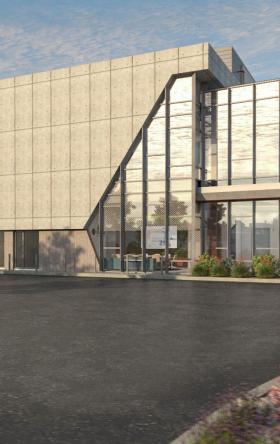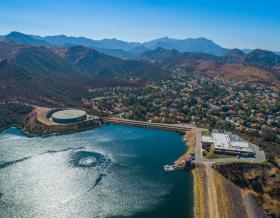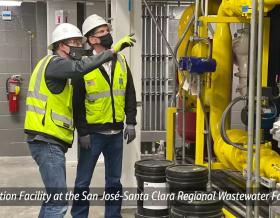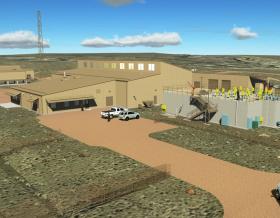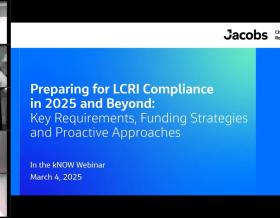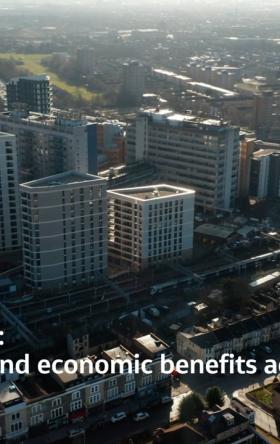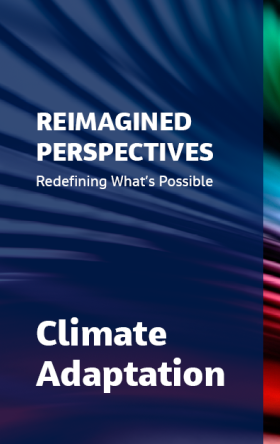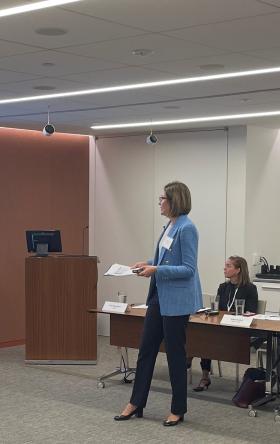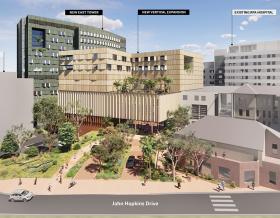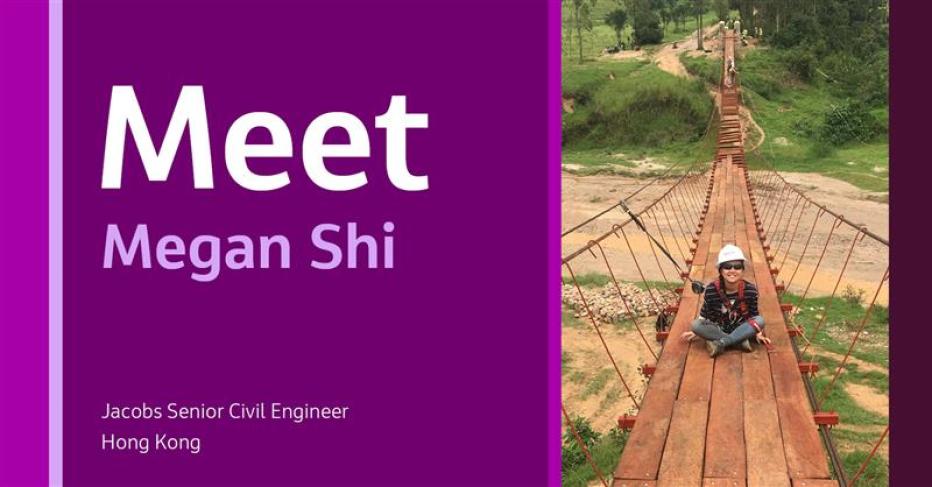
A growing city, Hong Kong is a major international business, trade and financial hub in Asia. Jacobs has a legacy of more than 50 years in Hong Kong, helping accelerate the city’s vision to create a lasting, positive legacy for generations to come.
With our design, engineering, program management and consulting and advisory capabilities, we’re solving major problems the city is facing – from urbanization, climate change, logistics and digital proliferation to security, water scarcity, and challenges around investment partnerships and mega infrastructure.
This series of Q&As introduces you to our visionaries, helping realize Hong Kong’s sustainability and resilience goals.
In this article, Megan Shi, one of our senior civil engineers, discusses her journey and how we’re helping shape Hong Kong’s future.
Tell us about your background and your career journey at Jacobs.
I’m a senior civil engineer with more than 15 years of experience in civil design. I started my career at Jacobs as a graduate engineer, driven by a passion for solving the most pressing infrastructure challenges. Today, I lead complex, transformative projects that not only meet current needs but also support long-term sustainability.
What are the biggest infrastructure challenges facing Hong Kong, and how can they be addressed?
Hong Kong’s high population density creates severe land shortages which affect housing affordability, transportation, water supply, drainage and sewerage systems. Climate change and heavy rainfall add further stress while an aging workforce contributes to labor shortages that slow progress.
Addressing these challenges requires bold, integrated strategies. Sustainable land reclamation, smart city technologies and optimized urban planning can improve land use and enhance livability.
As Hong Kong’s population grows, the pressure on its public transport system rises. Projects like the Express Rail Link and extensions to the Mass Transit Railway improve connectivity and support smart mobility.
Another example of an innovative solution is modular integrated construction (MiC)—a prefabrication method that improves productivity, accelerates delivery and enhances site safety at job sites. MiC involves prefabricating building components, followed by assembling components on-site.
Tell us about some of the infrastructure projects you’re working on.
I currently lead several large-scale projects for the Hong Kong government. Among these, two major initiatives with the civil engineering and development department are reshaping the city, revitalizing rural areas and supporting ecological conservation and creating employment opportunities.
The first involves delivering water reservoirs for the Northern Metropolis—a cornerstone of the government’s development strategy to transform 30,000 hectares of rural land into a holistic metropolis. With innovation at its heart and the technology industry as its economic engine, Northern Metropolis will transform how people live, work and travel. As the assistant design manager, I’m leading service reservoir design for the water supplies department, including drainage, utilities and more.
The second is the Agricultural Park in Kwu Tung South—the first modern agricultural park in Hong Kong. It will also serve as an education center showcasing advanced farming technologies. As deputy project manager for land status, I’m leading gazette approval, civil and road works, drainage, watermains, irrigation and utility design.
What past infrastructure projects are you most proud of?
My first project as a young engineer was the construction of a new underground railway line for Mass Transit Railway (MTR Corporation) in Hong Kong. I vividly remember the pride and satisfaction I felt working on this mega project, which has transformed the way people travel in the city. I led civil works design for tunnel ventilation buildings and a public transport terminal, coordinated sub-consultants and supported delivery.
I also served as assistant resident engineer on the Highways Department’s Preventive Maintenance Program for four years. This vital effort reduced landslide risks and protected communities by improving roadside slopes. Seeing how this project improved daily life was incredibly rewarding.
Another milestone was the civil works for CLP’s Black Point Power Station—one of the world’s largest combined-cycle gas-fired plants and the first in Hong Kong to generate electricity from natural gas. It was fantastic to be part of this landmark project, designing and leading road and utility design, site layout, and design reviews for the second phase.
One more highlight was the Ma On Shan road project for the Housing Department. It supported public housing development, and during the project, I completed my project management training and stepped into the role of deputy project manager.
What are the top three factors that contribute to project success?
A well-defined scope, an experienced project manager and strong communication across stakeholders and teams. These elements create alignment, build trust and help deliver successful outcomes.
What do you enjoy most about being part of #OurJacobs?
I value our shared purpose to make a positive difference in communities. One standout experience was volunteering with 10 colleagues in Rwanda, where we built a durable, flood-resistant footbridge in partnership with Bridges to Prosperity. It now provides thousands of people with year-round access to schools, clinics and markets.
I’ve also appreciated the opportunity to work on diverse projects across Hong Kong and internationally and to complete my project management and controls training in Singapore.
What do you enjoy doing outside of work?
I love hiking when the weather is good. I also enjoy baking, reading, painting, visiting museums and spending time with my family and friends.
About the interviewee

Megan Shi is a senior civil engineer with extensive experience in infrastructure delivery across Hong Kong and globally. She currently serves as deputy project manager and coordination manager for several large-scale government projects, helping drive resilient and sustainable urban development.


